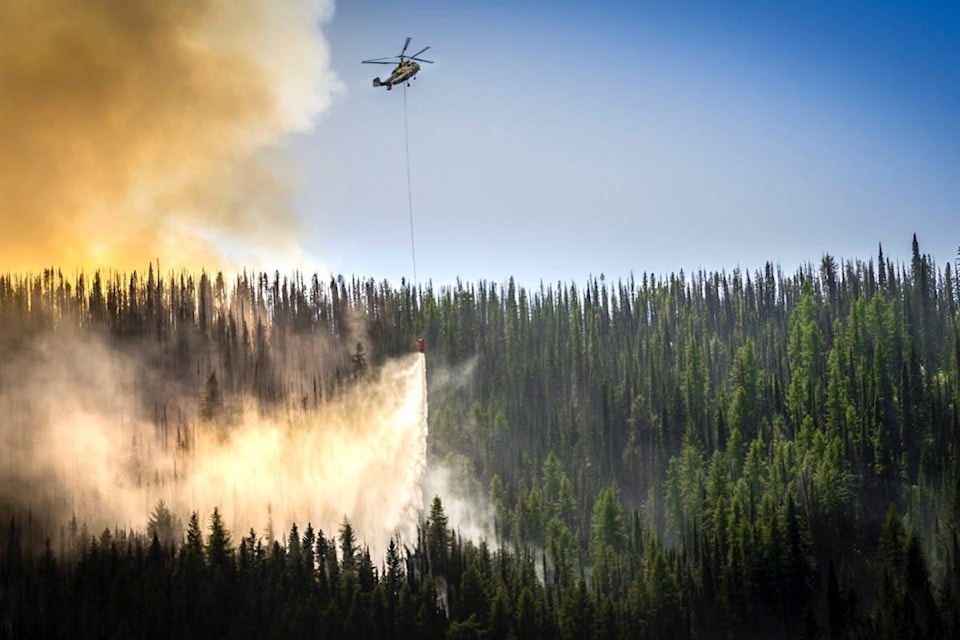Residents of Harrop and Procter had a very tense summer, spending three weeks of it under an evacuation alert.
The Harrop Creek fire, started by lightning on July 27 in steep wilderness terrain about 10 kilometres south of Harrop, spread quickly, quadrupling in size over its first few days to 80 hectares.
Initially there were no ground crews fighting the fire due to difficult terrain. Tankers were unable to get to it due to the smoke which was visible for long distances up and down the North Shore highway.
By Aug. 3 the fire had grown to 1,500 hectares. Local residents, along with the Regional District of Central Kootenays’ emergency management people, were starting to envision what an evacuation might look like.
One night someone stole some fire hoses and pumps from the fire site, sparking an RCMP investigation and a barrage of anger on social media.
“I was aghast,” regional director Ramona Faust told the Star, “because you would need to know that road. You would have to know where you were going.”
On Aug. 4 Nelson’s fire chief Len McCharles flew over the fire with B.C. Wildfire Services personnel. He was concerned about the safety of Nelson’s water supply, which originates in West Arm Park. He reported that the fire was heading away from Harrop and Nelson, toward a previously burned-out area of the park.
Then the wind and the fire changed direction.
“Winds overnight increased fire behaviour on the east flank,” the RDCK reported. “This fire has now entered the Narrow Creek drainage.”
On Aug. 31 the RDCK issued an evacuation alert for 486 properties in the area, with the fire reported as 3,117 hectares in size.
People were worried about their livestock because of an order that in the event of an evacuation order the cable ferry that is the single access to the community would be restricted to vehicles and passengers only, with no trailers allowed.
In the meantime, a contingency line was built at the bottom of the Narrows Creek drainage. The fire was moving 100 metres north per day and was four kilometres from the nearest structures.
The B.C. Wildfire Service and the RDCK’s emergency management personnel held a public meeting on Sept. 4 that packed the Procter Hall. They briefed people on the fire and on potential evacuation procedures.
Then, with the end of summer, the fire gradually died down, and the evacuation alert was lifted on Sept. 20.
